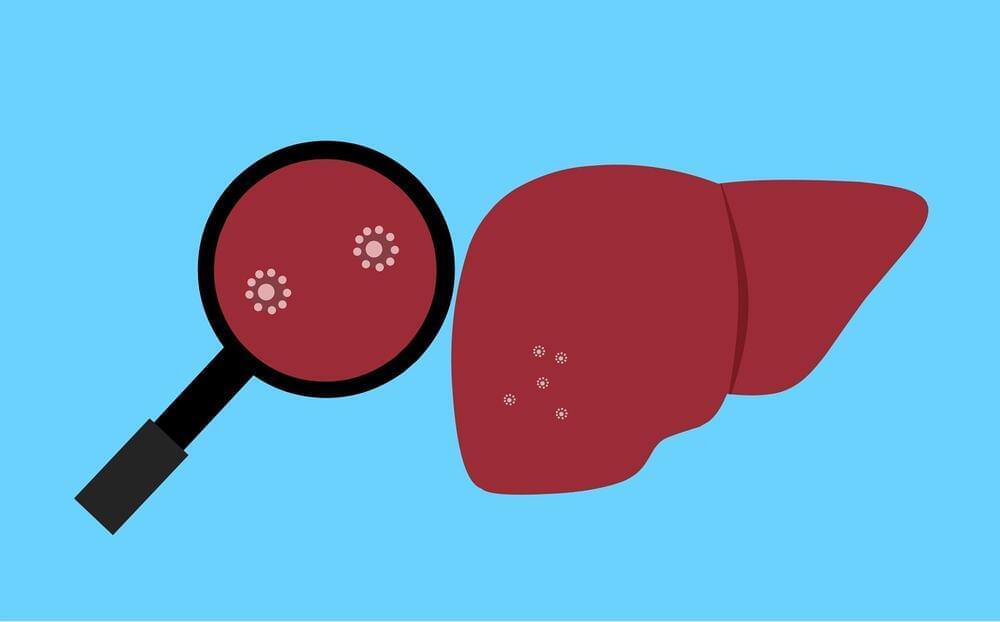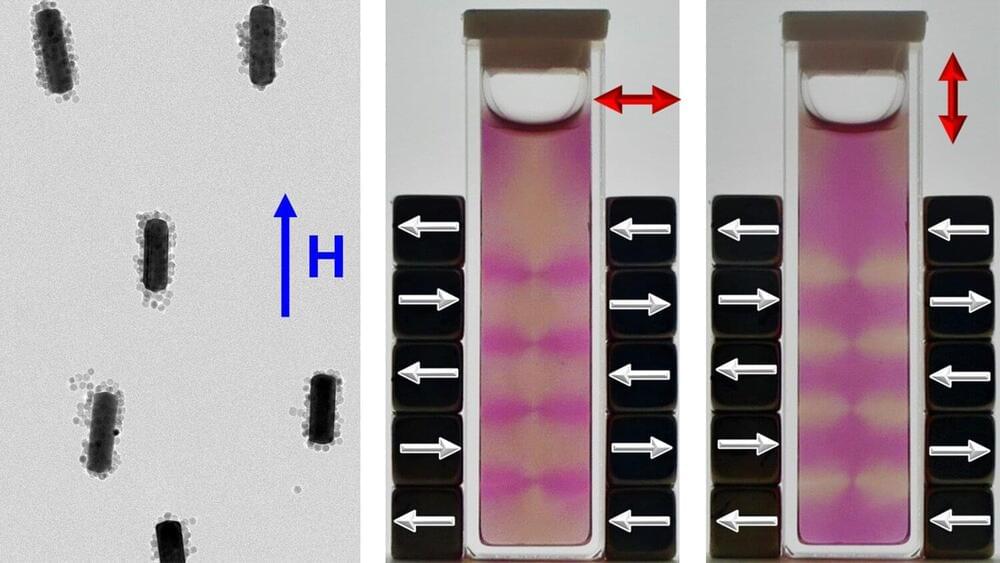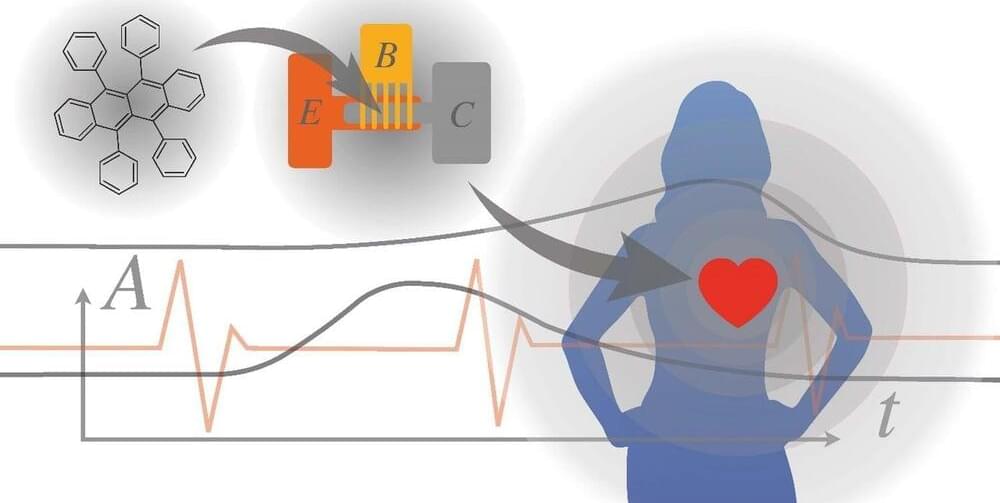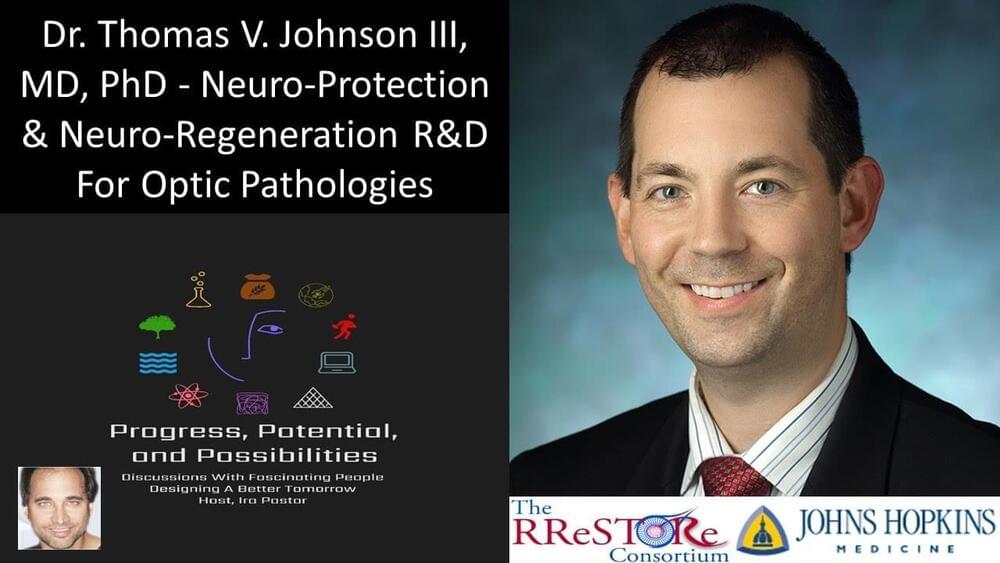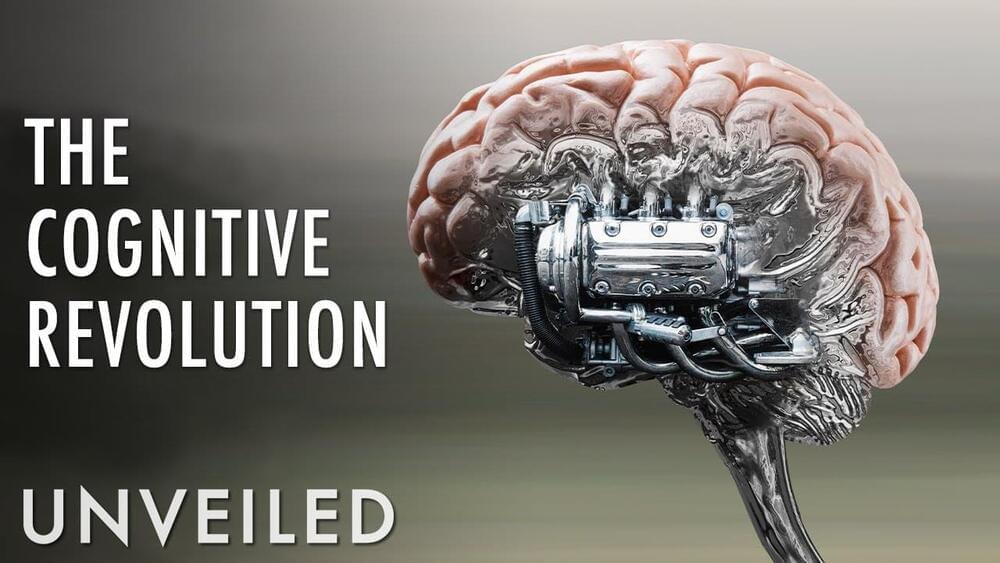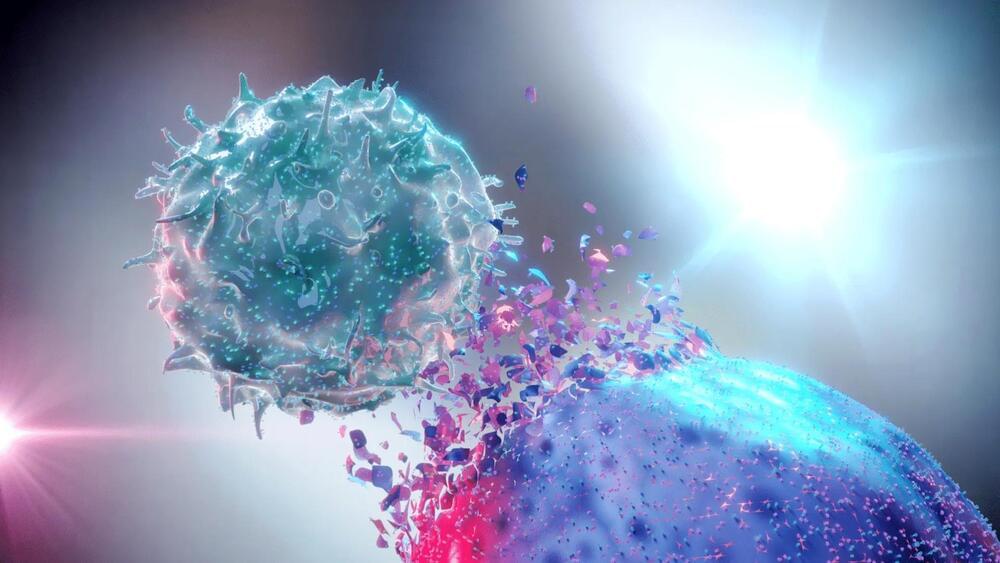An estimated one-quarter of adults in the U.S. have nonalcoholic fatty liver disease (NAFLD), an excess of fat in liver cells that can cause chronic inflammation and liver damage, increasing the risk of liver cancer. Now, UT Southwestern researchers have developed a simple blood test to predict which NAFLD patients are most likely to develop liver cancer.
“This test lets us noninvasively identify who should be followed most closely with regular ultrasounds to screen for liver cancer,” said Yujin Hoshida, M.D. Ph.D., Associate Professor of Internal Medicine in the Division of Digestive and Liver Diseases at UTSW, a member of the Harold C. Simmons Comprehensive Cancer Center, and senior author of the paper published in Science Translational Medicine.
NAFLD is rapidly emerging as a major cause of chronic liver disease in the United States. With rising rates of obesity and diabetes, its incidence is expected to keep growing. Studies have found that people with NAFLD have up to a seventeenfold increased risk of liver cancer. For NAFLD patients believed to be most at risk of cancer, doctors recommend a demanding screening program involving a liver ultrasound every six months. But pinpointing which patients are in this group is challenging and has typically involved invasive biopsies.
